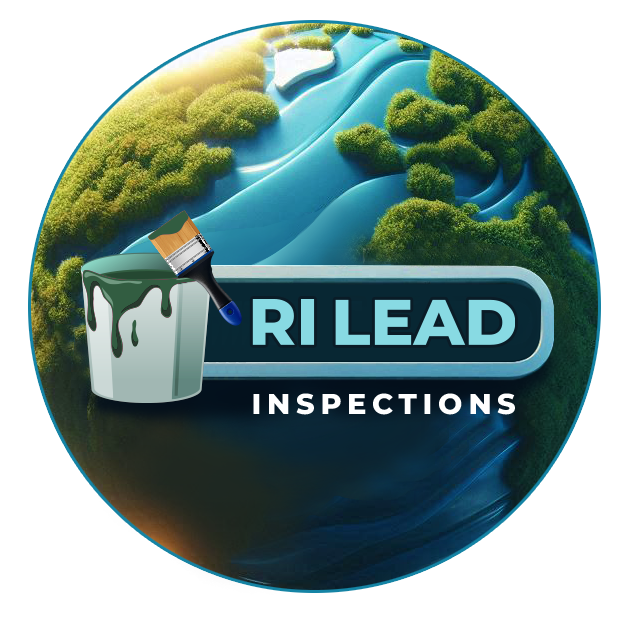Understanding Lead Paint Hazards and Health Risks

Protecting Your Home and Health with a Lead Paint Hazard Mitigation Inspection
Lead paint hazards continue to pose a significant threat to health and safety, especially in older homes built before 1978. If the home or rental property that you live in was built before 1978, it likely has lead paint and it should be tested.
Lead exposure from painted surfaces, lead paint chips, and lead dust can cause long-term health issues. This is especially true for young children and pregnant women.
Homeowners, rental property owners, and property managers must understand the risks of lead poisoning. Taking proactive steps can help prevent this issue.
What Is Lead Paint?
Lead paint is a type of paint that contains lead, a toxic metal once widely used in homes and buildings. Lead paint was strong and colorful. However, it is now known to be very harmful, especially to young children. You can find lead paint on the walls, windows, doors, trim, porches, and other areas of older homes.
Over time, lead paint can chip, crack, or deteriorate, creating harmful lead dust that can be inhaled or ingested. The greatest risk occurs when children put their hands or toys in their mouths after touching contaminated surfaces. Protect your loved ones by identifying and addressing lead paint hazards before they cause harm.
Lead paint is dangerous because it degrades over time, releasing toxic lead dust into the air. This dust is easily inhaled or ingested, especially by young children who are more vulnerable to its effects.
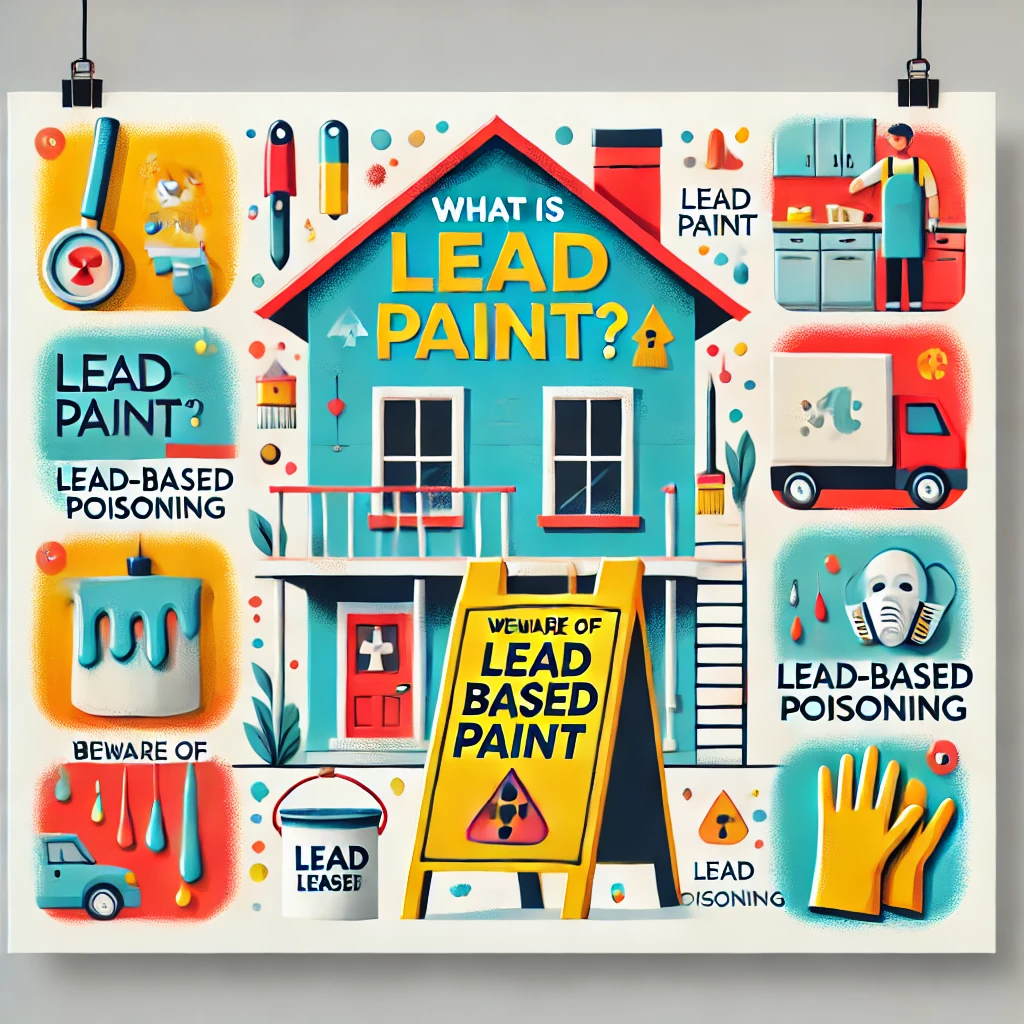
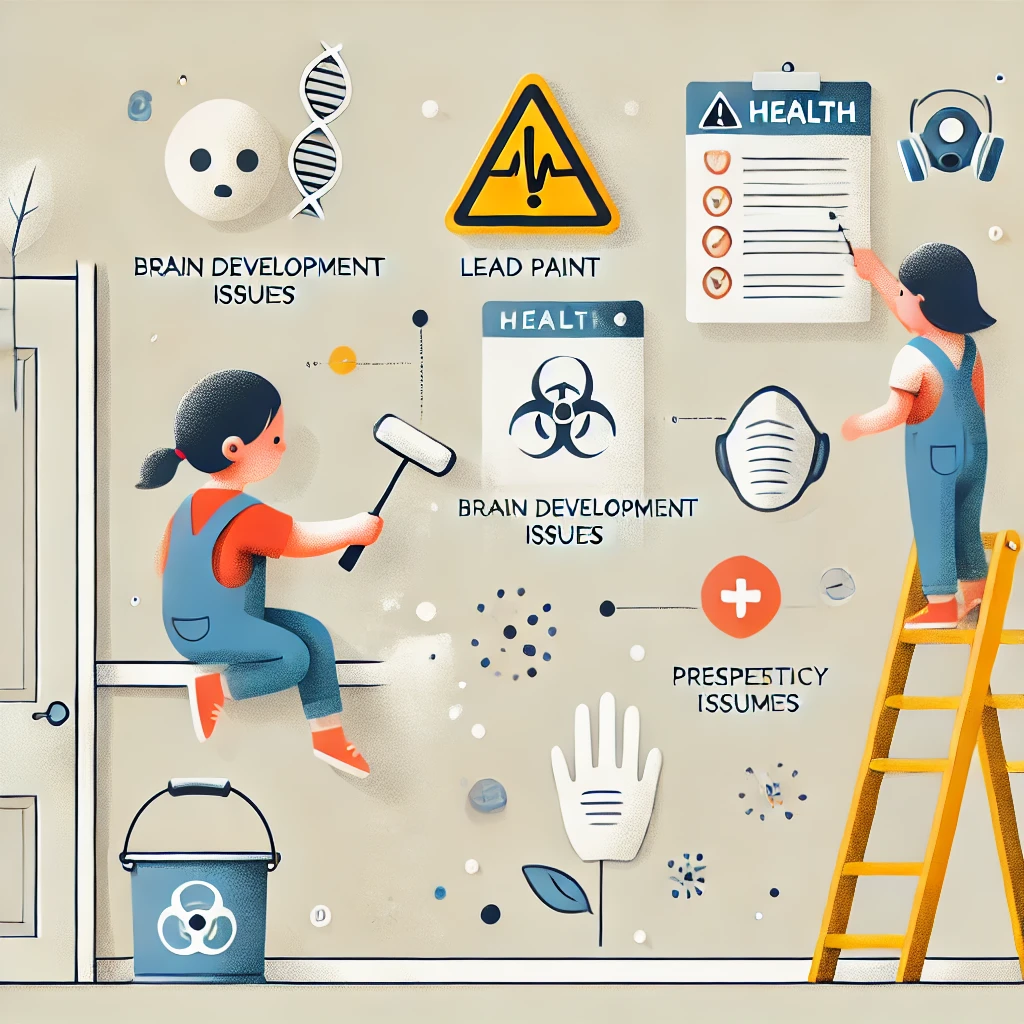
What Are the Risks of Lead Paint Exposure?
Lead paint risks arise when painted surfaces deteriorate, releasing lead paint chips or lead dust into your home. High levels of leaded materials can contaminate the air, soil, and even drinking water. Lead exposure primarily occurs through:
- Painted Surfaces: Cracked or peeling paint can release lead dust and chips.
- Drinking Water: Lead pipes and plumbing fixtures can leach lead into water supplies.
- Consumer Products: Certain older products, toys, and household items may contain lead.
- Soil: Contaminated soil near an older home or industrial area can be a source of lead exposure.
Who Is at Risk for Lead Poisoning?
Lead poisoning is a serious health issue, especially for young children. Children’s nervous systems are still developing and very sensitive to high levels of lead.
Risk factors include living in an old home. Spending time in places with peeling paint can also expose you to lead. Symptoms of lead poisoning include:
- Behavioral problems
- Developmental delays
- Learning difficulties
- Fatigue and irritability
- Damage to the nervous system
Lead exposure in adults can cause long-term health problems. These include high blood pressure, kidney damage, and issues with reproductive health.

1. Young children
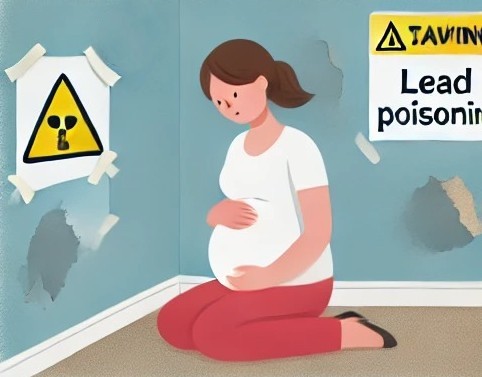
2. Pregnant Women
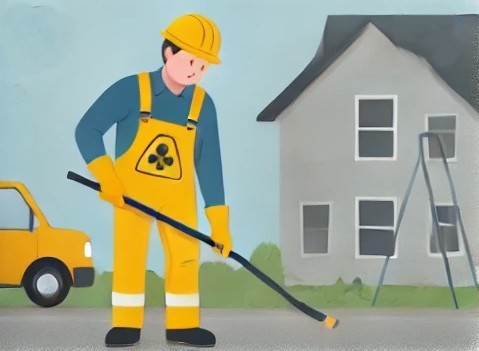
3. Workers in a industrial shop
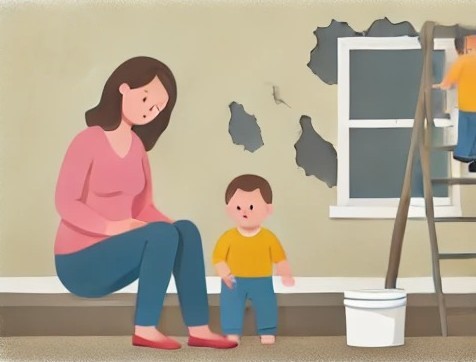
4. Workers and peeling paint

Why Lead Paint Inspections Are Critical
The Importance of Lead Safety in Real Estate and Rental Properties


